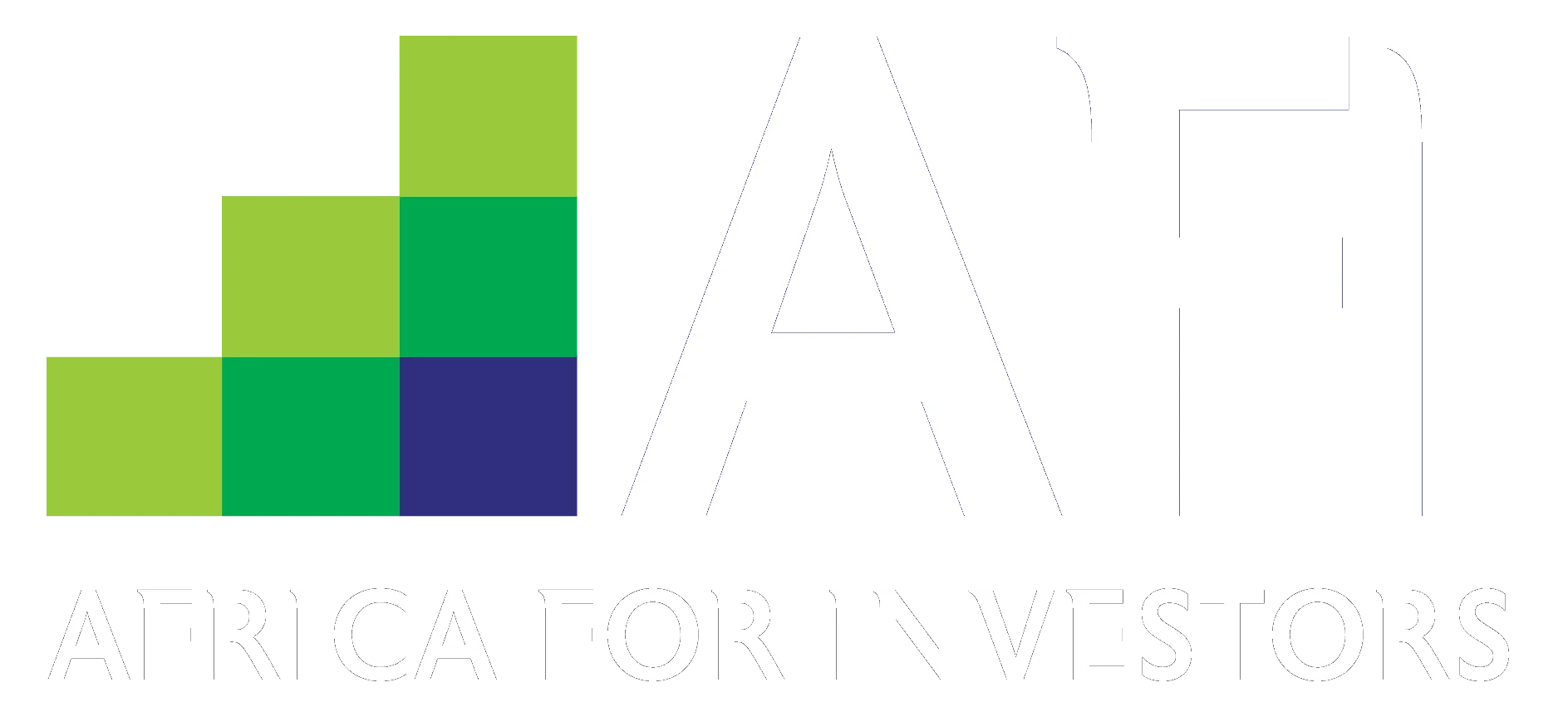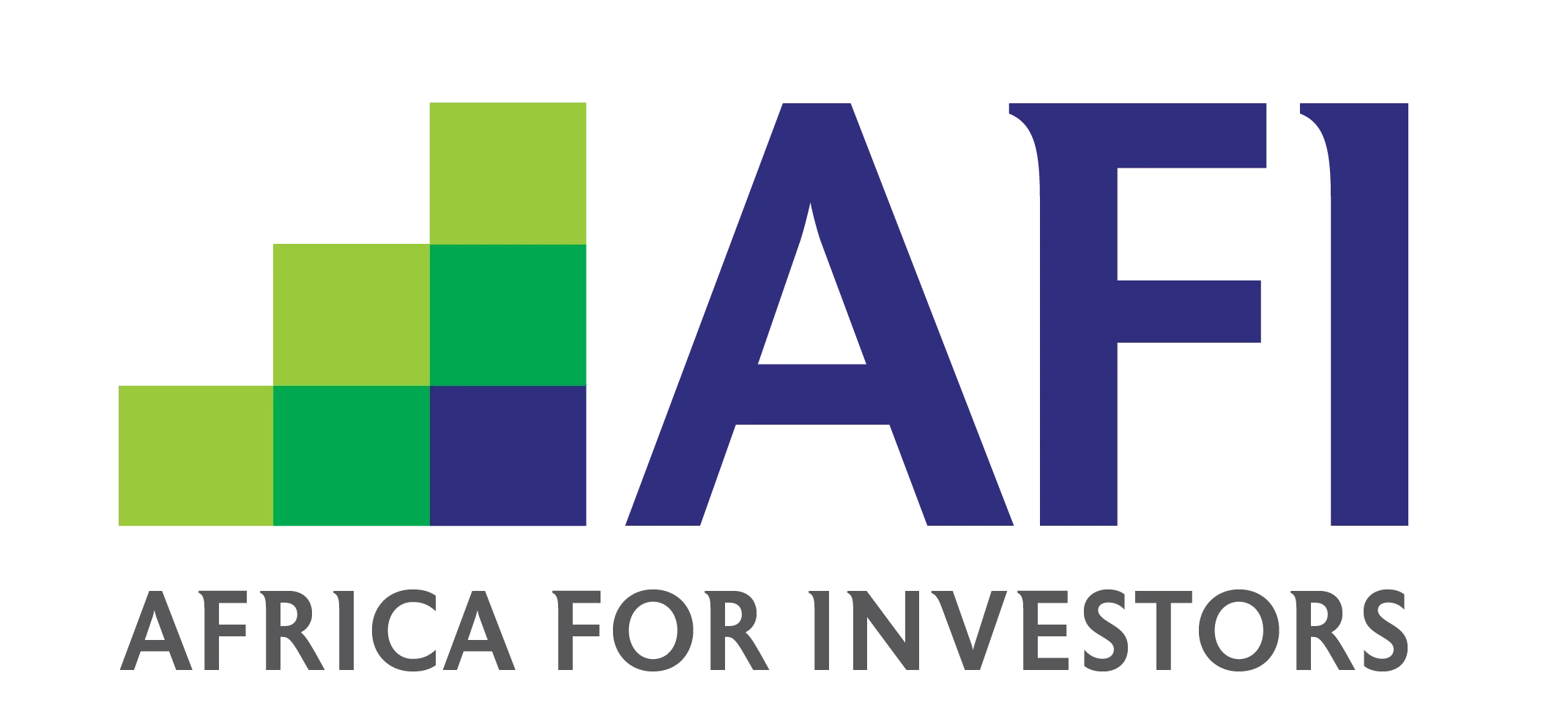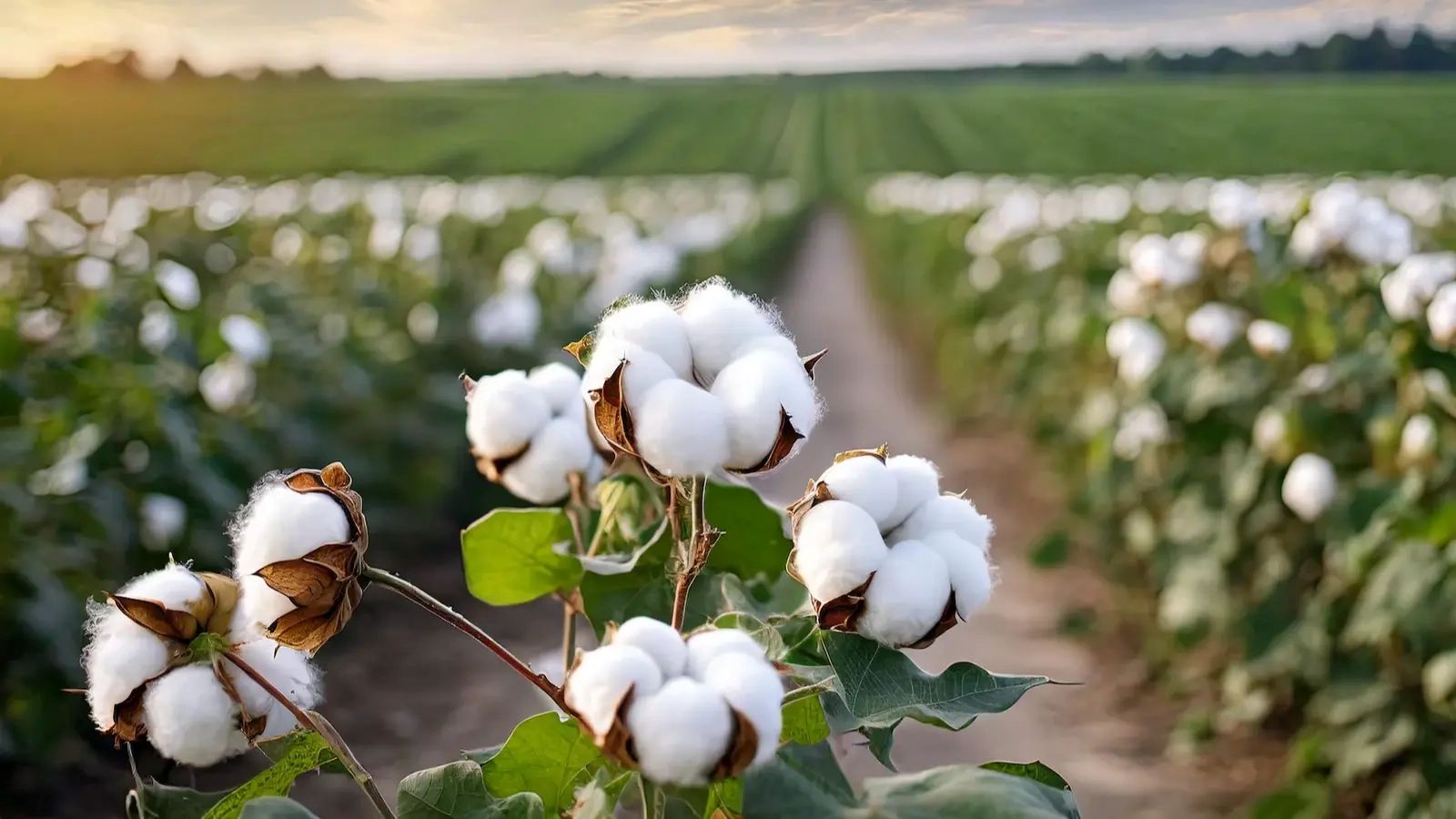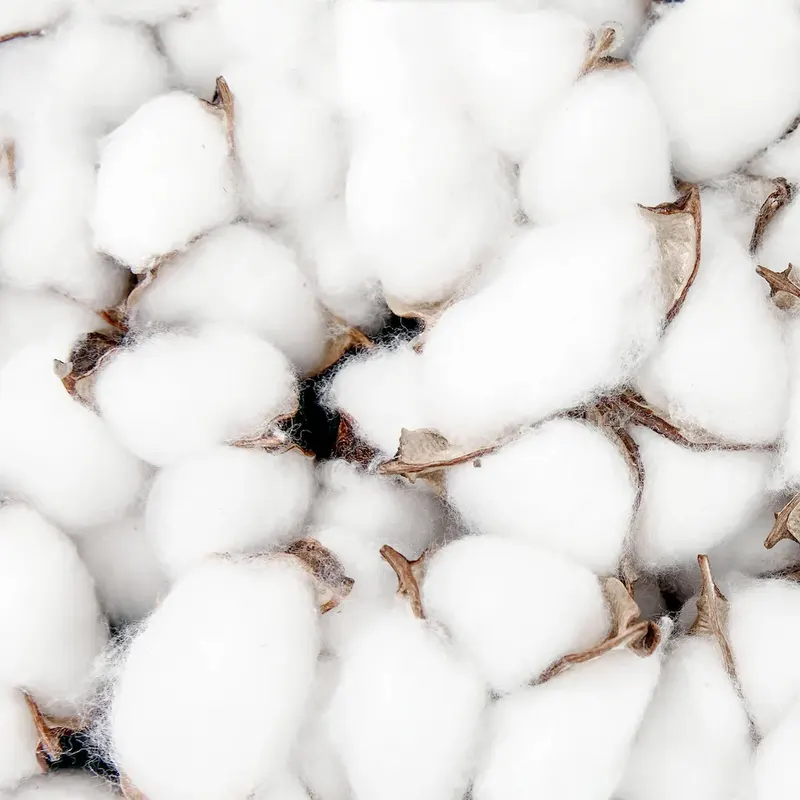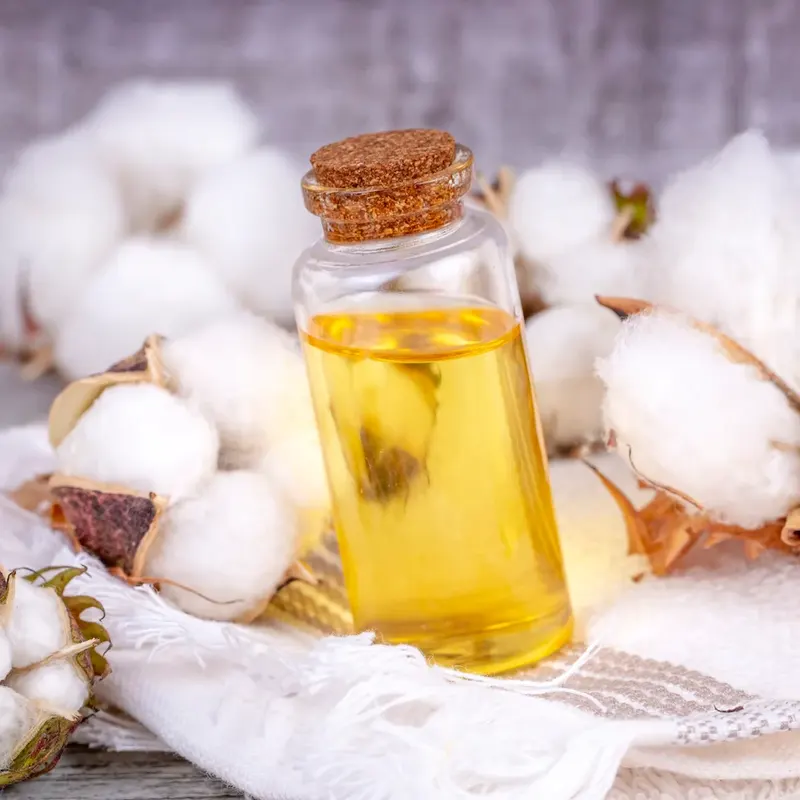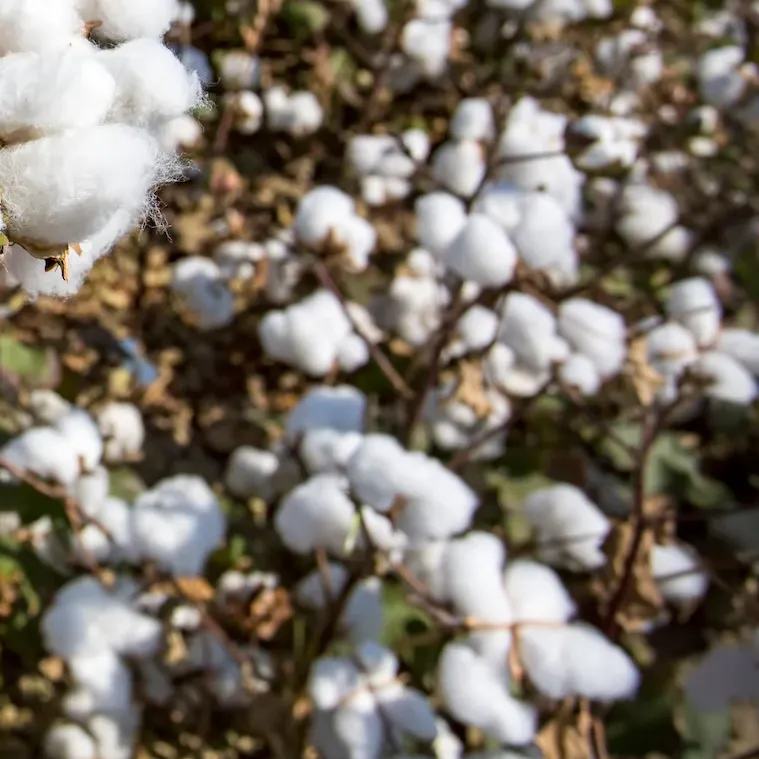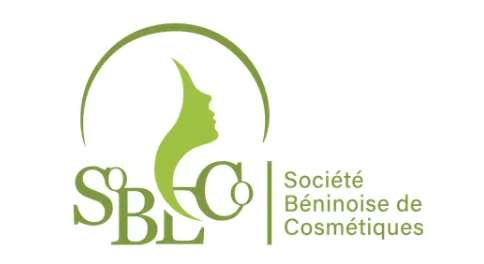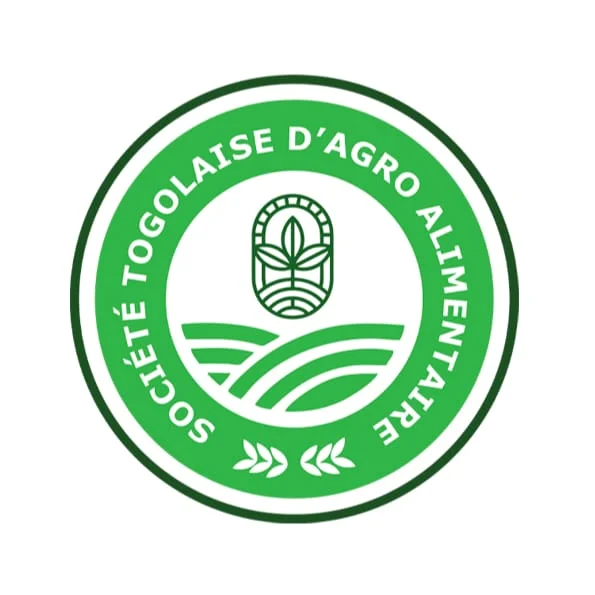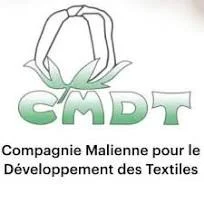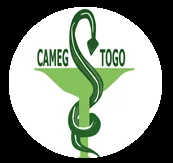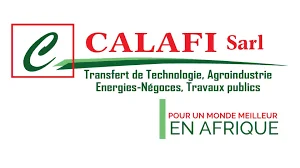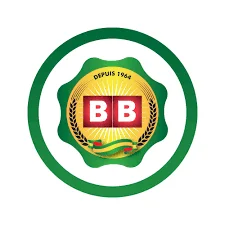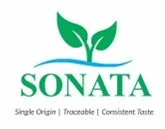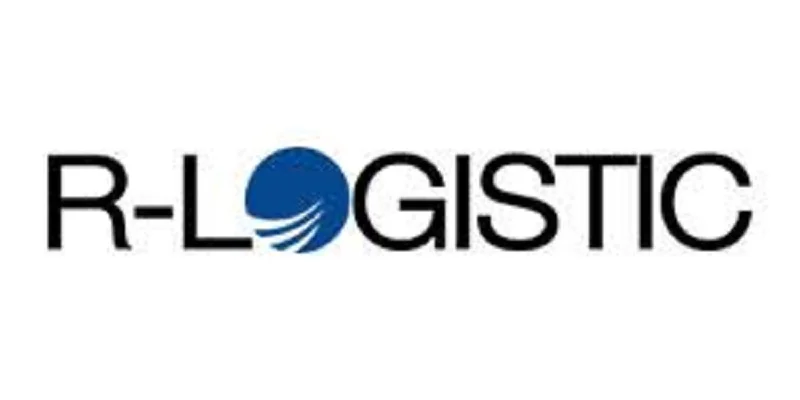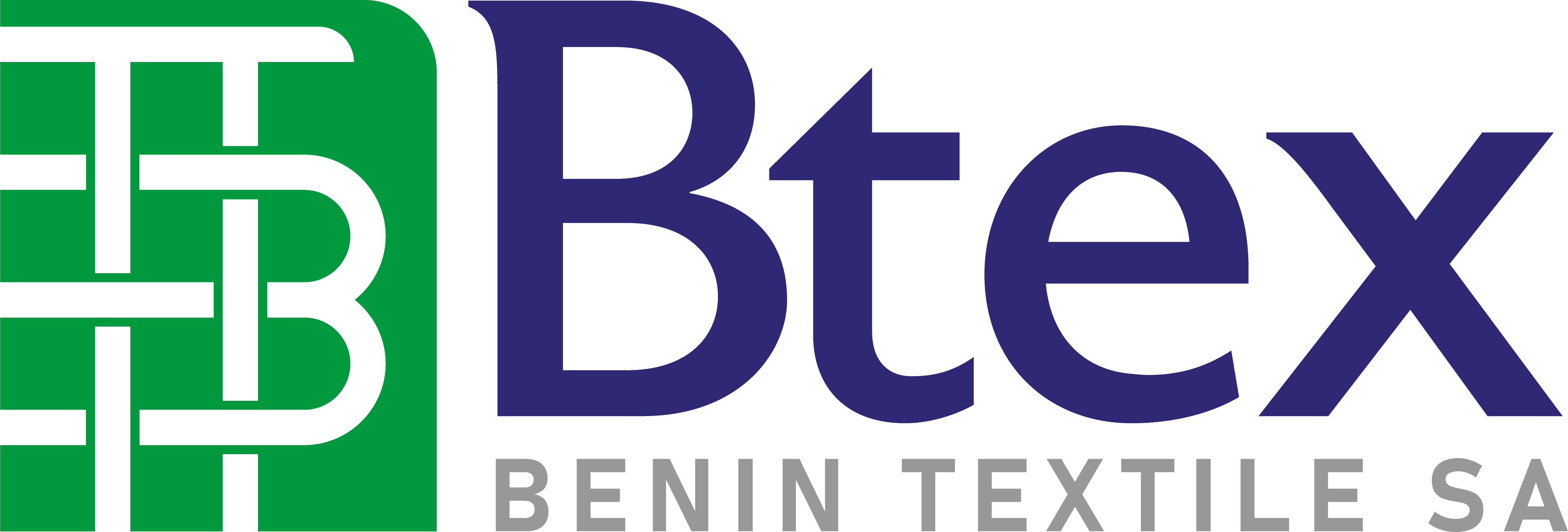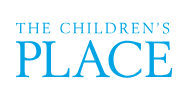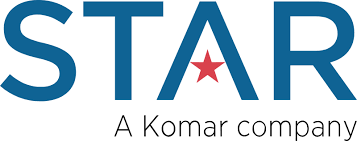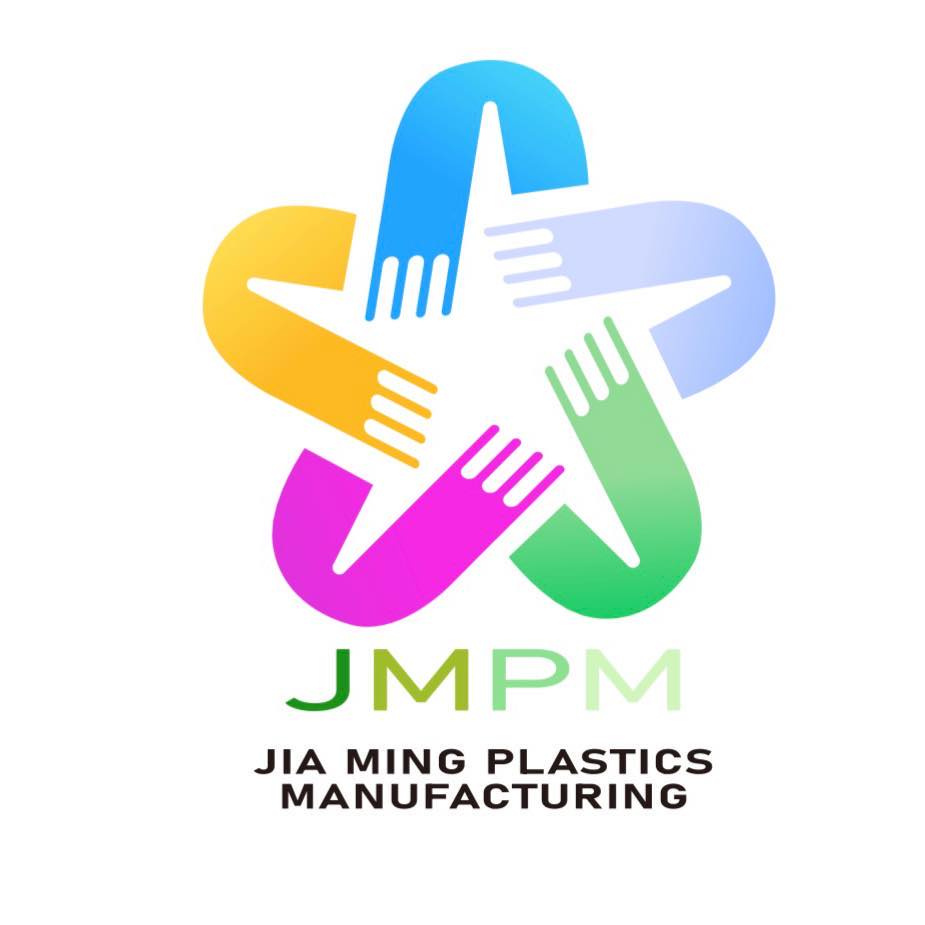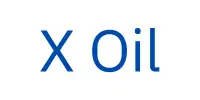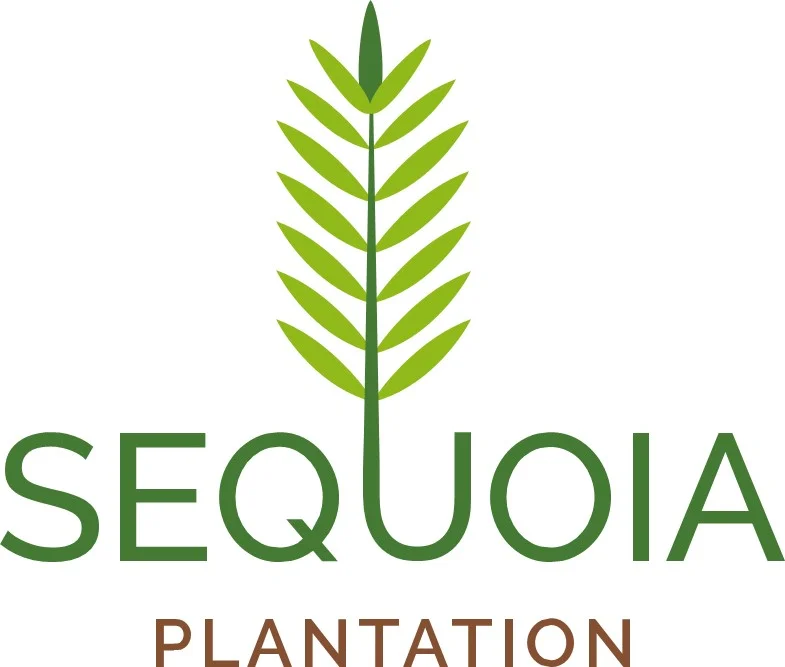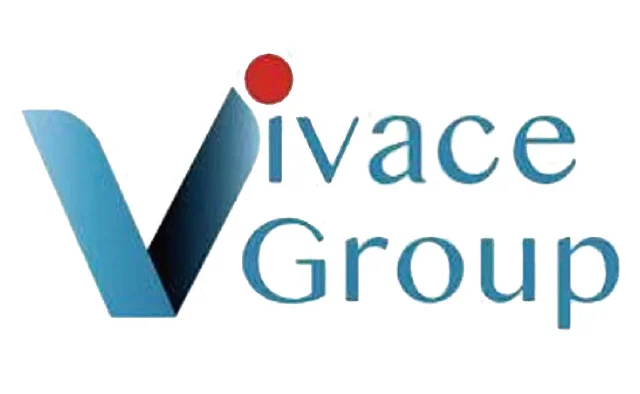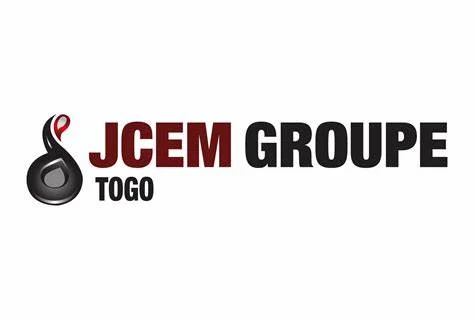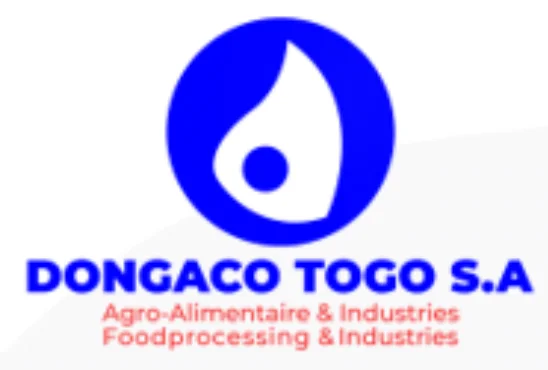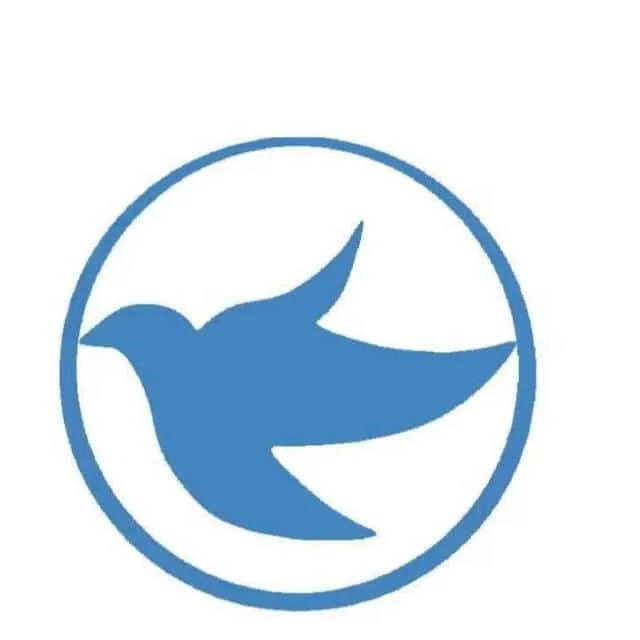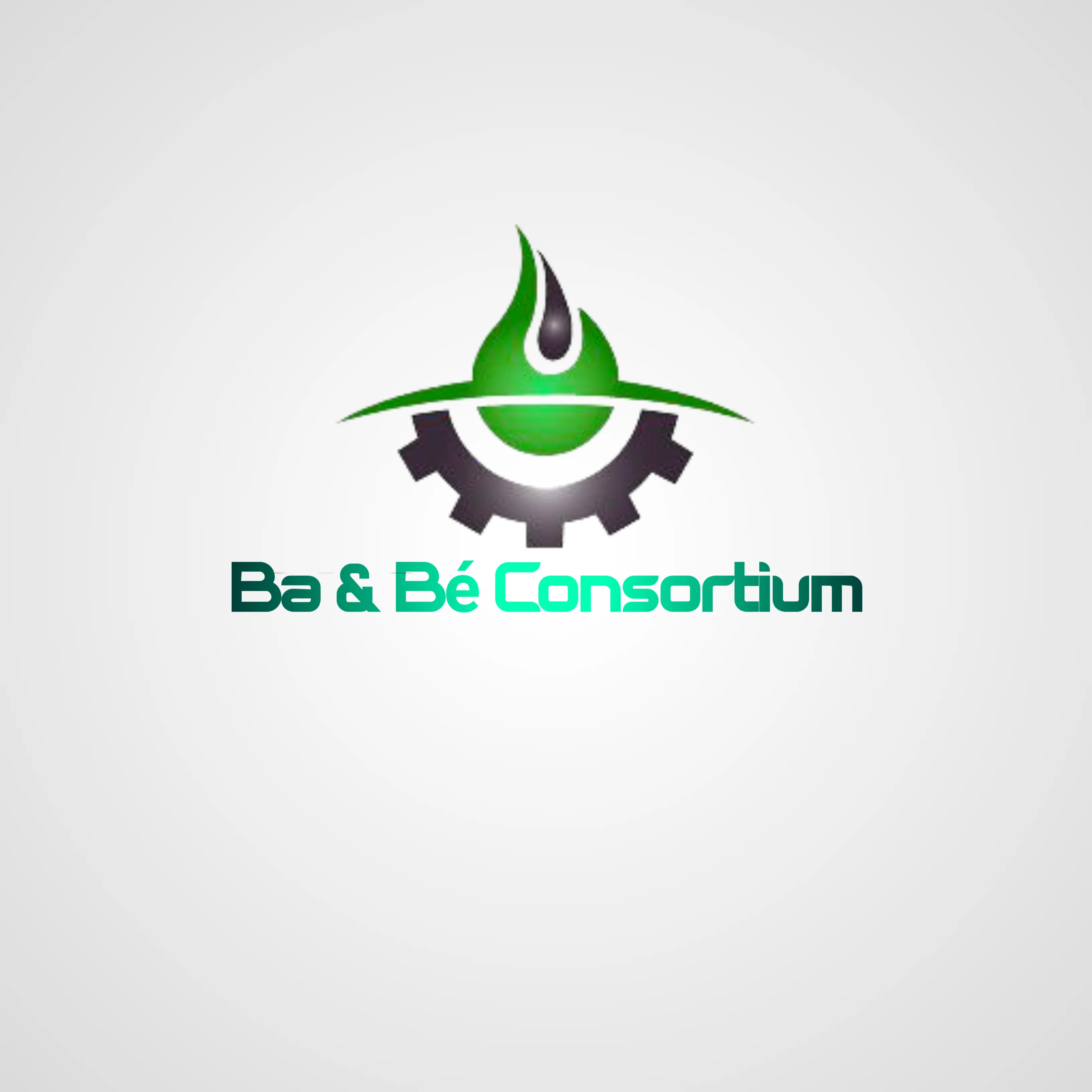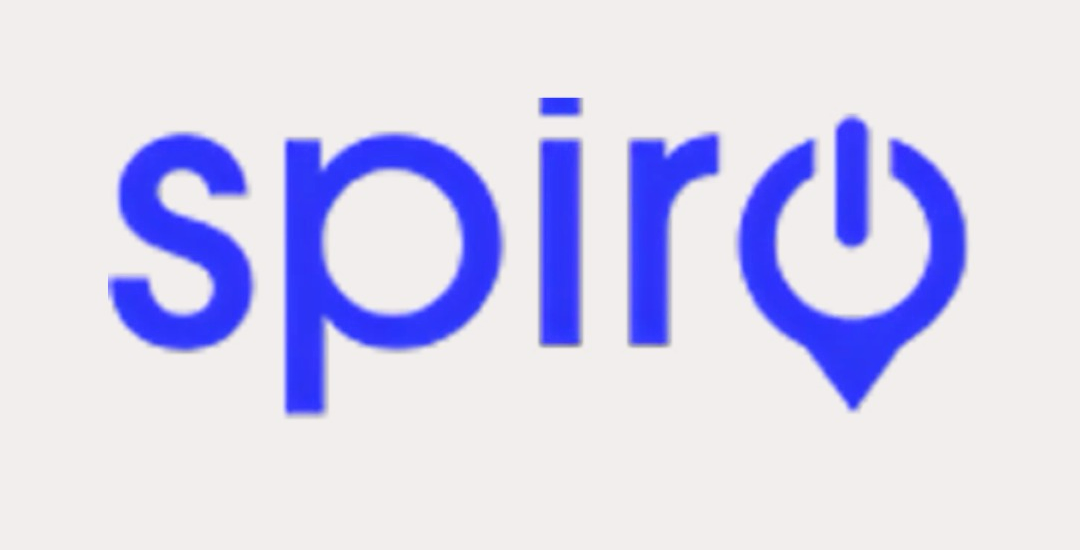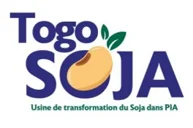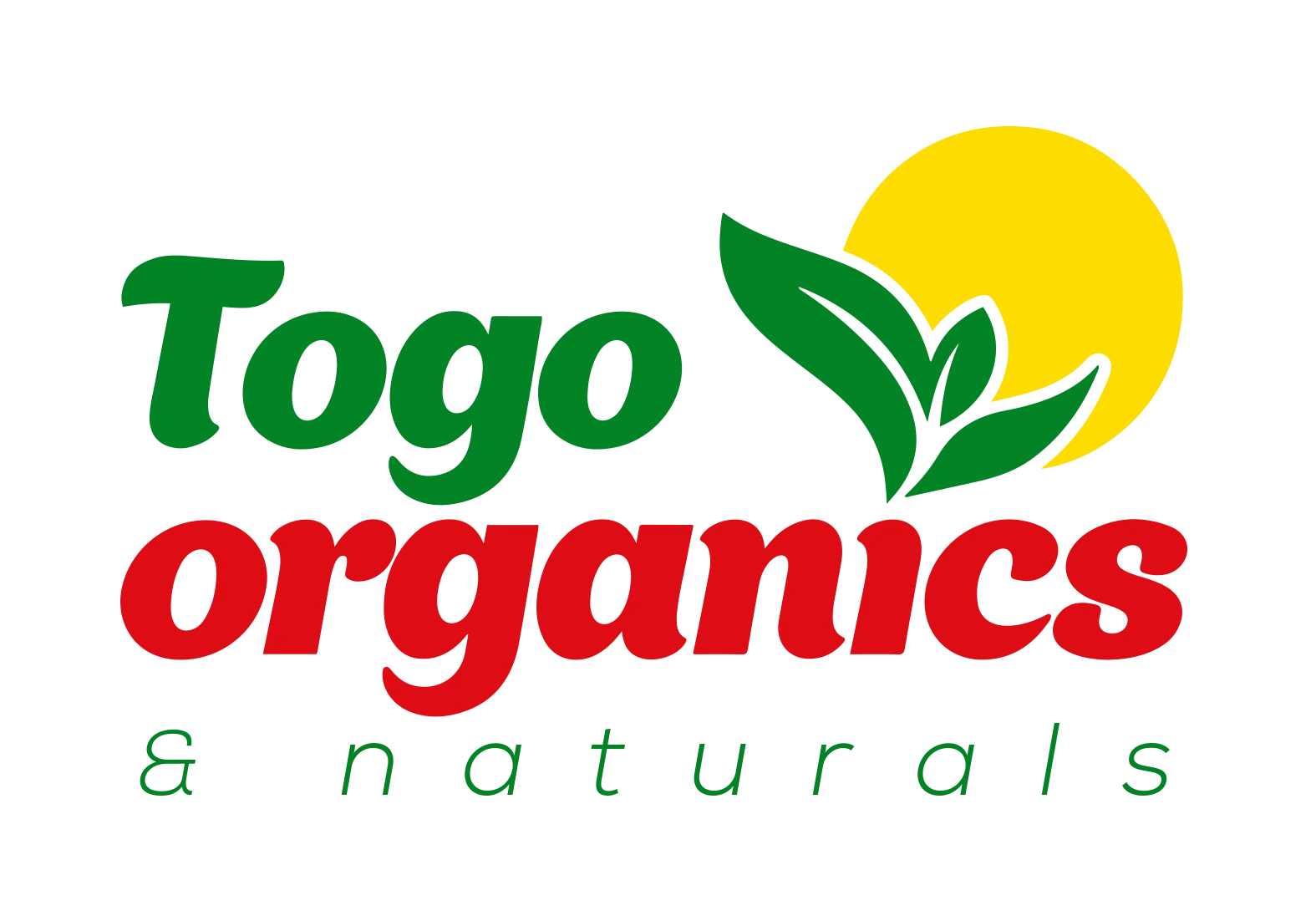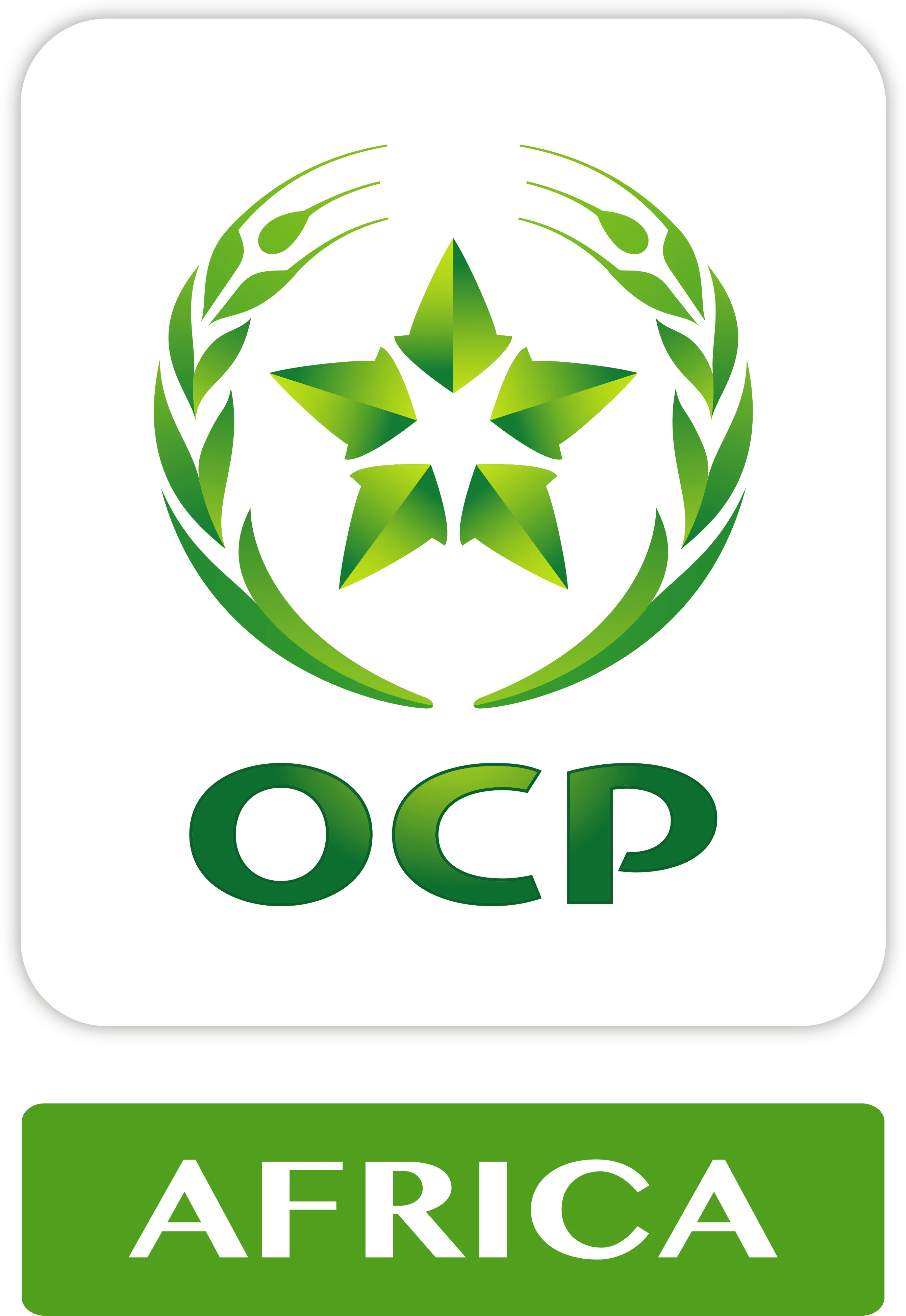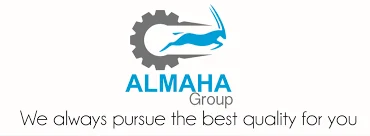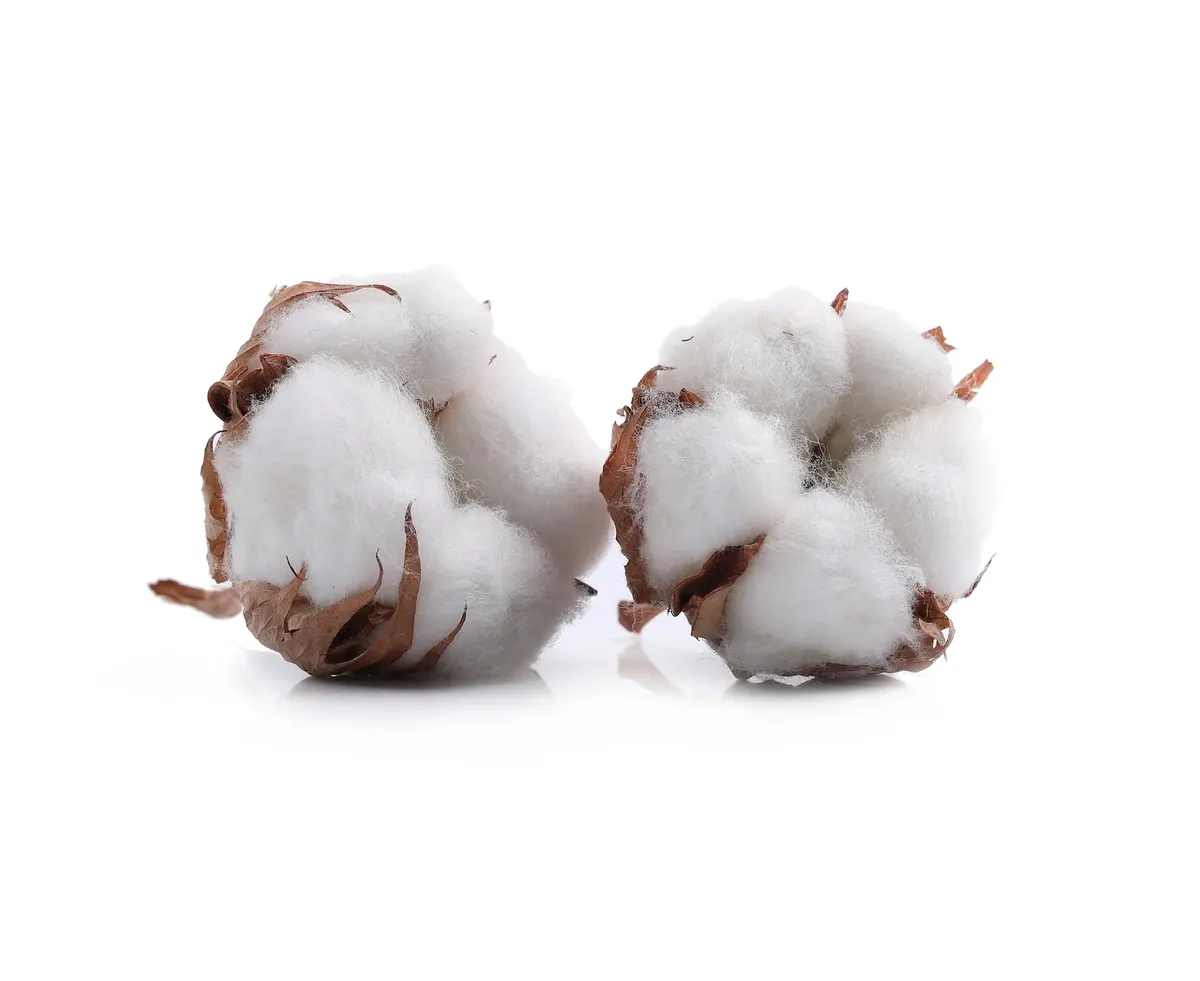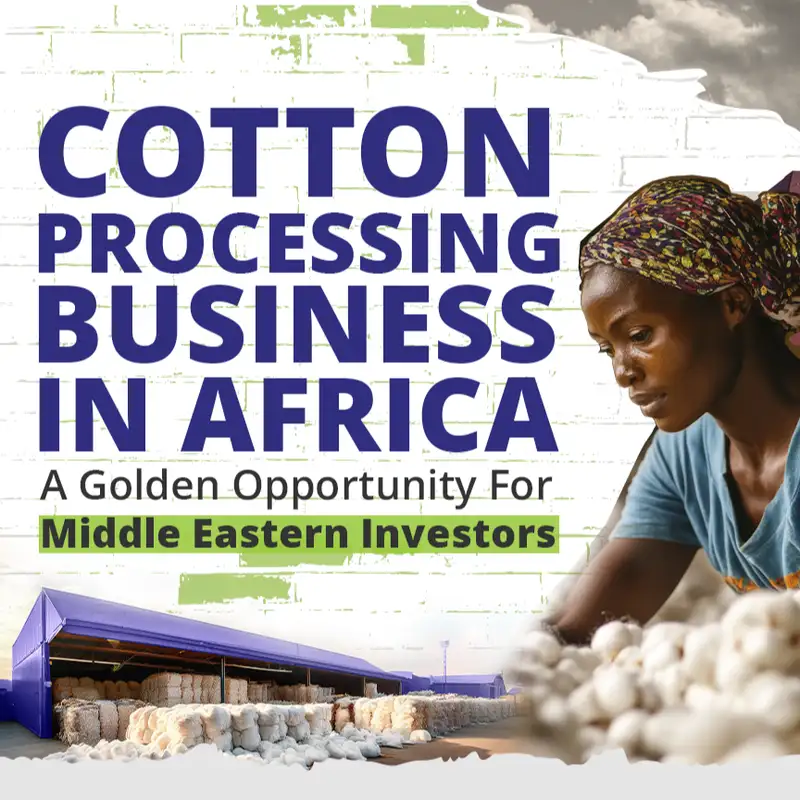What are the primary factors affecting cotton yield in the ZINDJAM zone?
Key factors include soil quality, rainfall patterns, pest management, and farming techniques. Conducting soil tests and implementing good agricultural practices can significantly enhance yields.
How does the ZINDJAM climate specifically influence cotton cultivation?
The region's climate, characterized by distinct wet and dry seasons, impacts planting and harvesting schedules. Understanding seasonal variations is crucial for optimizing production.
What role do local cooperatives play in the cotton supply chain?
Cooperatives can facilitate access to resources, training, and better market prices for farmers. Partnering with or supporting these cooperatives can enhance supply chain efficiency.
How can investors ensure the sustainability of cotton farming practices in the region?
Promoting organic farming, water conservation, and soil health initiatives can support sustainable practices. Collaborating with NGOs or agricultural experts can help implement these strategies.
What are the regulatory and certification requirements for exporting cotton from Chad?
Investors need to navigate local regulations regarding quality standards, export permits, and environmental assessments. Familiarity with international certifications can also facilitate access to global markets.
What are the potential markets for Chadian cotton, and how can investors access them?
Chadian cotton can be marketed to textile manufacturers in Asia, Europe, and the Americas. Building relationships with potential buyers and attending trade fairs can enhance market access.
How does the price volatility of cotton affect investment decisions?
Cotton prices can fluctuate based on global market trends, weather events, and supply chain disruptions. Investors should consider financial hedging strategies and diversification to mitigate risks.
What investments are necessary for improving cotton processing facilities in ZINDJAM?
Investing in modern ginning and processing technology can enhance product quality and reduce waste. Assessing current infrastructure and exploring funding options will be essential.
How can technology improve efficiency in cotton production and processing?
Utilizing precision agriculture tools, data analytics for crop management, and modern processing equipment can significantly boost productivity and quality.
How can investors help address the environmental challenges associated with cotton farming?
Implementing sustainable practices, such as water management techniques and reducing chemical inputs, can help mitigate environmental impacts. Engaging in reforestation or land restoration projects can also benefit local ecosystems.
